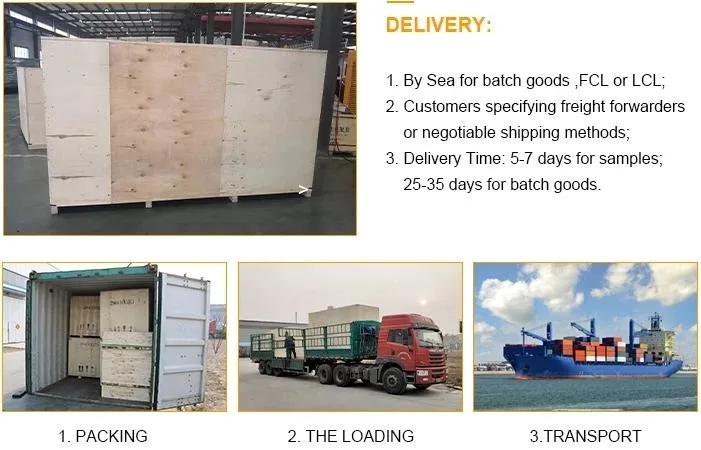Diesel Generators for High-Altitude Operations Ensuring Reliable Power Supply in Challenging Environments

Introduction
High-altitude environments pose unique challenges for power generation due to lower oxygen levels, extreme temperatures, and harsh weather conditions. In such environments, reliable power supply is crucial for various applications, including telecommunications, mining operations, remote villages, and emergency services. Diesel generators are a popular choice for high-altitude operations due to their robustness, versatility, and ability to provide continuous power supply even in challenging conditions. This article will explore the key considerations and best practices for using diesel generators in high-altitude environments.
Understanding High-Altitude Operations
High-altitude environments are typically defined as locations above 5,000 feet (1,500 meters) above sea level. At higher altitudes, the air becomes thinner, resulting in lower oxygen levels and reduced air density. This can impact the performance and efficiency of combustion engines, including diesel generators. In addition, high-altitude environments are often characterized by extreme temperature variations, strong winds, and rapid weather changes, further complicating power generation operations.
Challenges of High-Altitude Operations
1. Reduced Oxygen Levels: At high altitudes, the air contains less oxygen, which can affect the combustion process in diesel engines. Lower oxygen levels can lead to incomplete combustion, reduced power output, and increased fuel consumption. Diesel generators may require adjustments to the fuel-air mixture or turbocharging to compensate for the lower oxygen levels.
2. Temperature Variations: High-altitude environments experience wide temperature variations, with cold temperatures at night and intense sunlight during the day. Diesel engines are sensitive to temperature changes, affecting their starting, performance, and efficiency. Proper insulation, heating systems, and coolant management are essential to ensure reliable operation in extreme temperatures.

3. Altitude-Induced Stress: High-altitude operations can put additional stress on diesel generators, leading to increased wear and tear on components such as pistons, valves, and fuel injectors. Regular maintenance, monitoring, and inspection are critical to prevent breakdowns and ensure the longevity of the generator.
4. Fuel Quality and Availability: In remote high-altitude locations, access to quality fuel can be a challenge. Poor-quality fuel can damage the engine, reduce efficiency, and cause operational issues. https://www.lkpowerplant.com/product/quick-delivery-emergency-standby-power-400kw-silent-type-diesel-generator-set-for-peru/ is important to use clean, high-quality diesel fuel and ensure proper fuel storage and handling practices to prevent contamination.
Best Practices for Diesel Generators in High-Altitude Operations
1. Engine Design and Specifications: When selecting a diesel generator for high-altitude operations, consider the engine design, power output, altitude rating, and fuel efficiency. Choose a generator with a high-altitude kit or turbocharger to optimize performance at higher elevations. Consult with the manufacturer to ensure the generator is suitable for the specific altitude and environmental conditions.
2. Altitude Adjustment: Adjust the fuel-air mixture and engine settings to compensate for the reduced oxygen levels at high altitudes. Some diesel generators are equipped with altitude compensation features that automatically adjust the fuel injection timing and air intake to optimize performance. Regularly monitor and tune the generator to maintain optimal operation.
3. Cooling and Ventilation: Proper cooling and ventilation are essential for diesel generators operating in high-altitude environments. Ensure adequate airflow around the generator to prevent overheating and maintain optimal operating temperatures. Install cooling systems, heat exchangers, and insulation to regulate engine temperature and protect components from thermal stress.
4. Fuel System Management: Pay special attention to the fuel system to prevent contamination and ensure reliable operation. Use clean, high-quality diesel fuel with the appropriate additives for cold weather performance. Monitor fuel storage conditions, filtration systems, and fuel lines to prevent clogs, corrosion, and fuel degradation.
5. Regular Maintenance and Monitoring: Implement a comprehensive maintenance schedule for diesel generators in high-altitude operations. Conduct regular inspections, oil changes, filter replacements, and component checks to detect and address issues early. Monitor performance parameters, fuel consumption, and emissions to identify any deviations and take corrective actions promptly.
6. Emergency Preparedness: Develop contingency plans and emergency protocols for power outages or generator failures in high-altitude environments. Maintain spare parts, tools, and fuel supplies on-site to quickly address any issues that may arise. Train personnel on proper generator operation, troubleshooting procedures, and safety protocols to ensure uninterrupted power supply.
Case Studies and Success Stories
Several organizations and industries have successfully implemented diesel generators for high-altitude operations, ensuring reliable power supply in challenging environments. For example, telecommunications companies use diesel generators to power remote cell towers in mountainous regions, providing connectivity to isolated communities. Mining companies rely on diesel generators to support operations in high-altitude mines, where grid power is unavailable. Emergency services use portable diesel generators to provide backup power during natural disasters or rescue missions in remote mountainous areas.
Conclusion
Diesel generators play a crucial role in ensuring reliable power supply in high-altitude environments, where grid power may be limited or unavailable. By understanding the unique challenges of high-altitude operations and implementing best practices for diesel generator usage, organizations can overcome obstacles and maintain continuous power supply in challenging conditions. With proper engine design, altitude adjustment, cooling systems, fuel management, maintenance practices, and emergency preparedness, diesel generators can effectively meet the power needs of various industries and applications in high-altitude environments.
